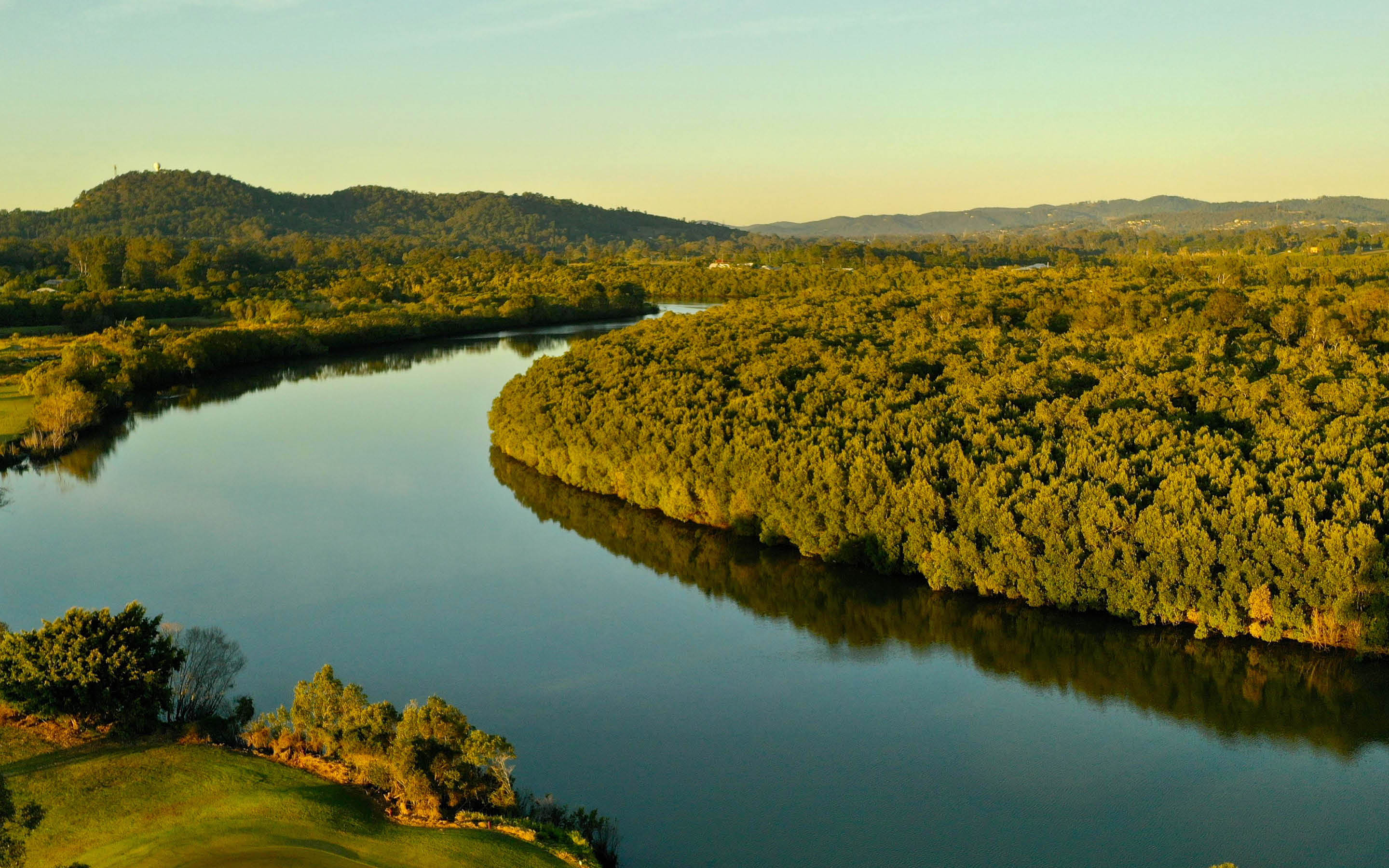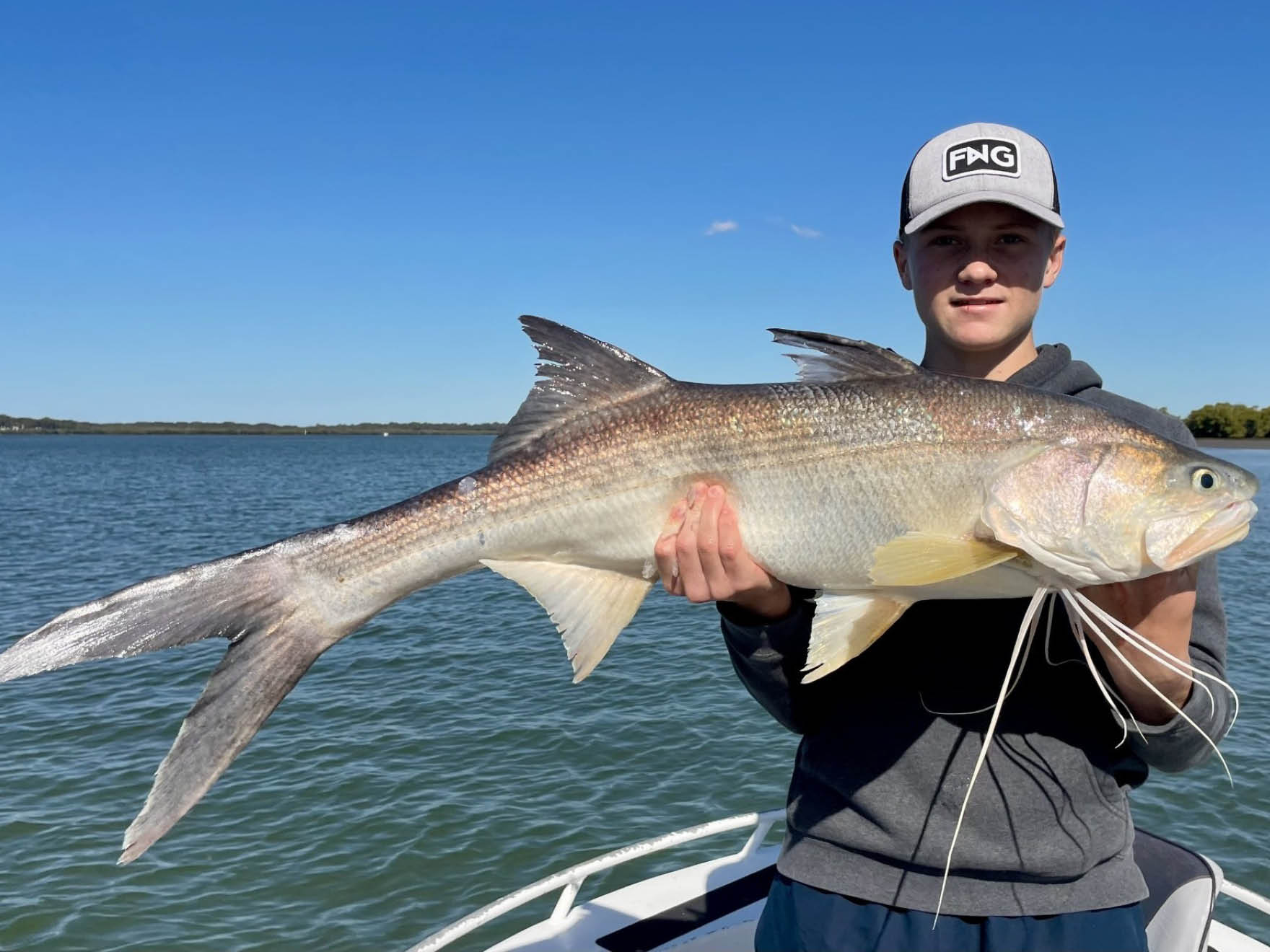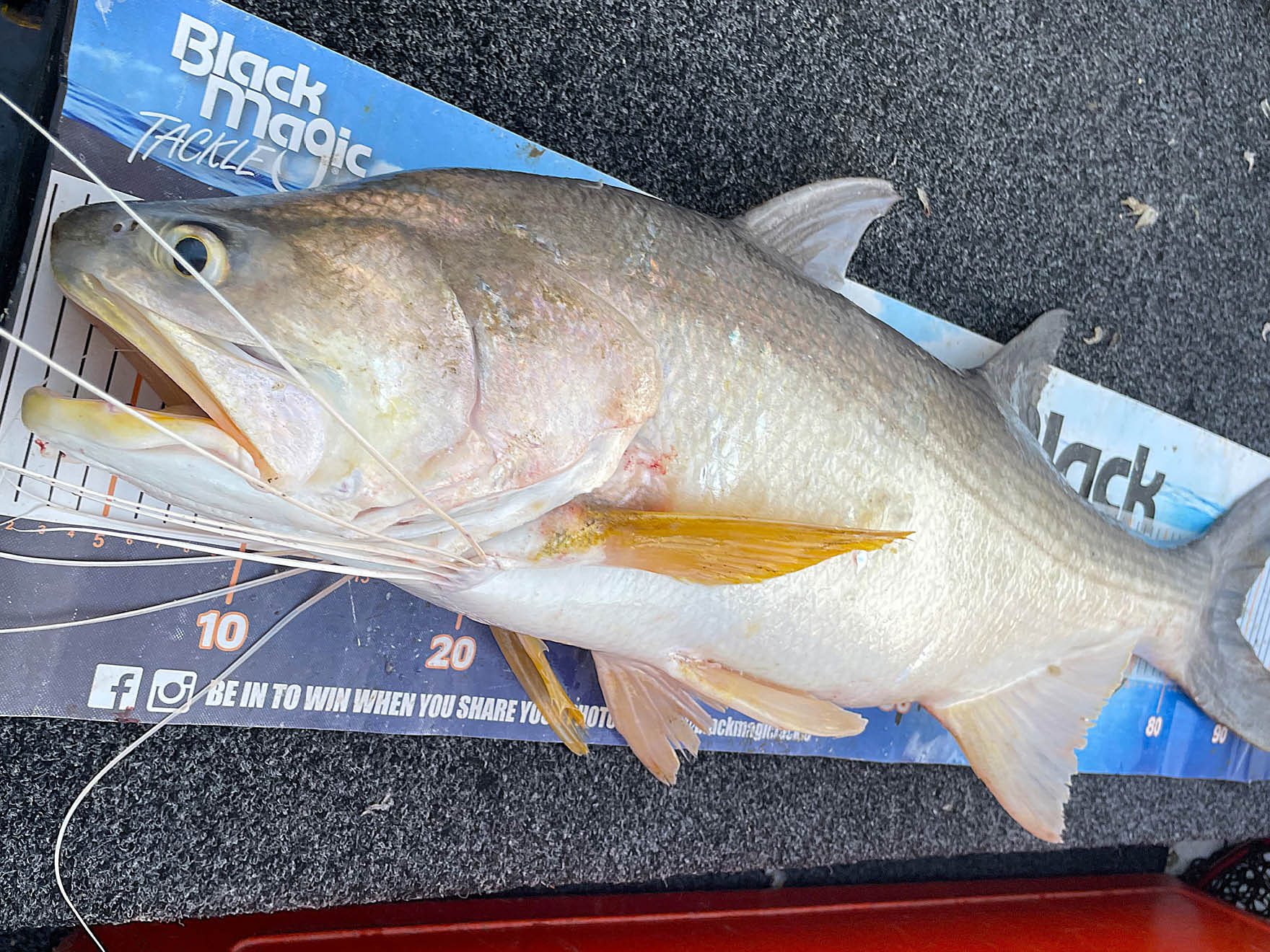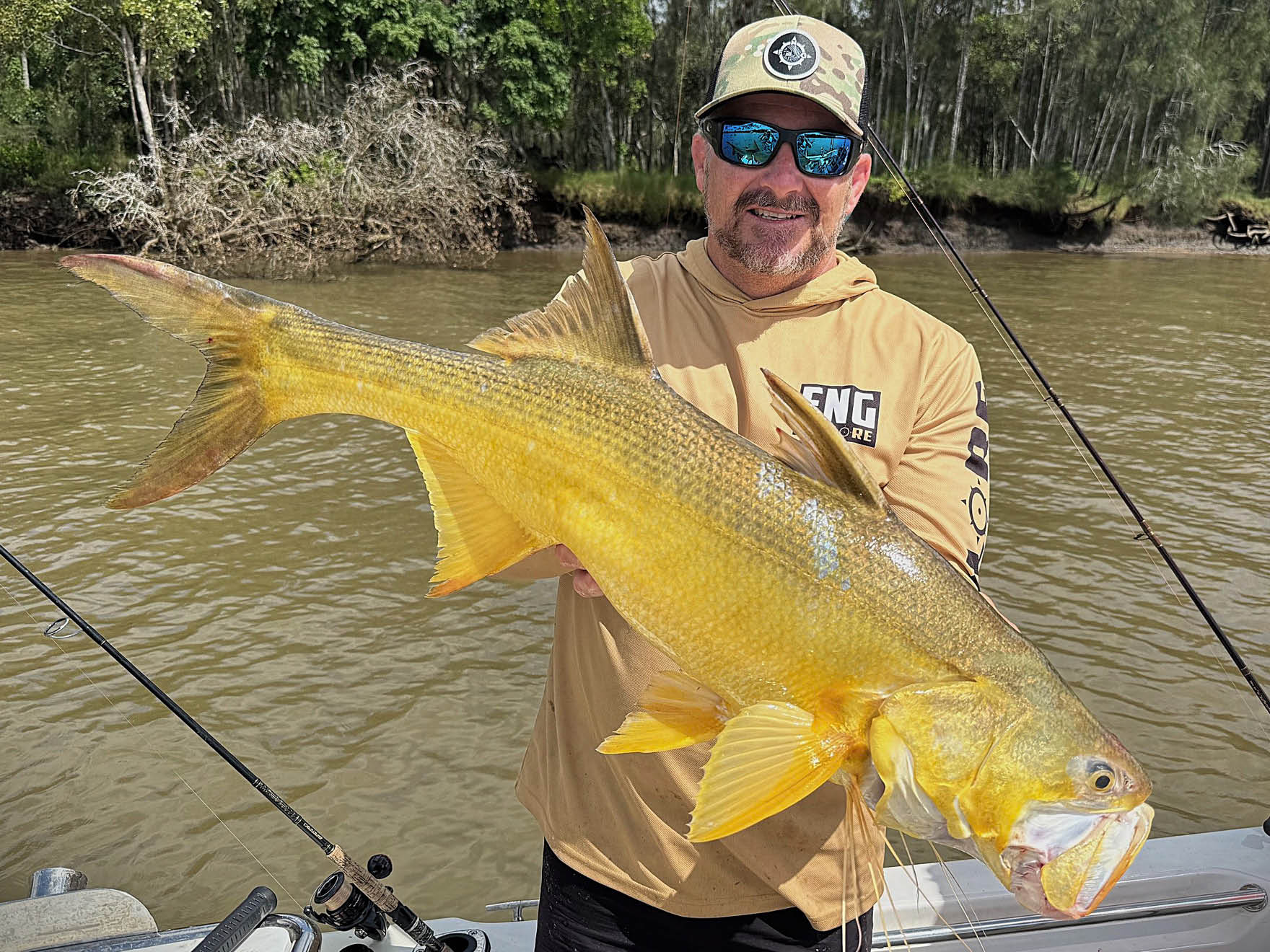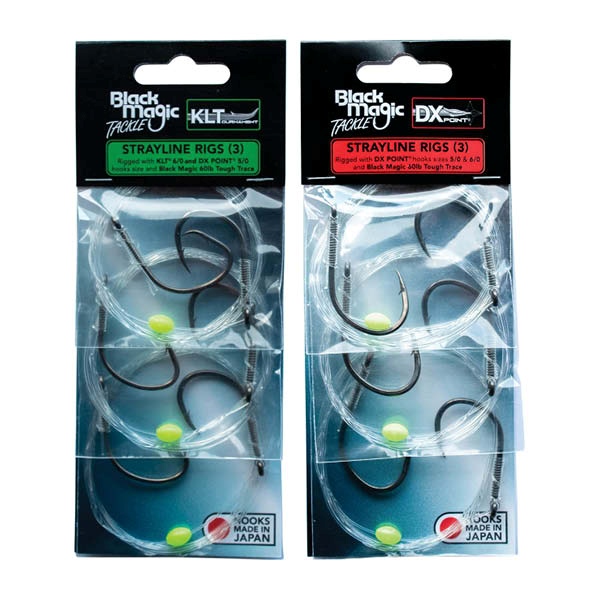As an angler it is always a challenge to target new species and work out their habits so that you can consistently chase them with successful outcomes. In recent years the Threadfin Salmon has become that target species for me as angler in South-East Queensland.
After hearing about anglers have increasing interactions with Threadfin Salmon particularly in the Logan River and Southern Moreton Bay region, my interests were stimulated and I started to search media and YouTube for hints on how to target the species. After several trips that resulted in great catches of many other various species including Jewfish, Flathead, Bream, Grunter, Trevally, Tailor and Snapper I finally was able to successfully catch the target species, Threadfin Salmon. Since then, I have consistently improved my catch rates and learning more about the species.
Apart from being an unusual but amazing looking species the Threadfin Salmon is a powerful species that will take blistering runs, jump and dog it out. They are a great adversary and there is nothing wrong with taking the odd fish for a feed as they taste amazing.
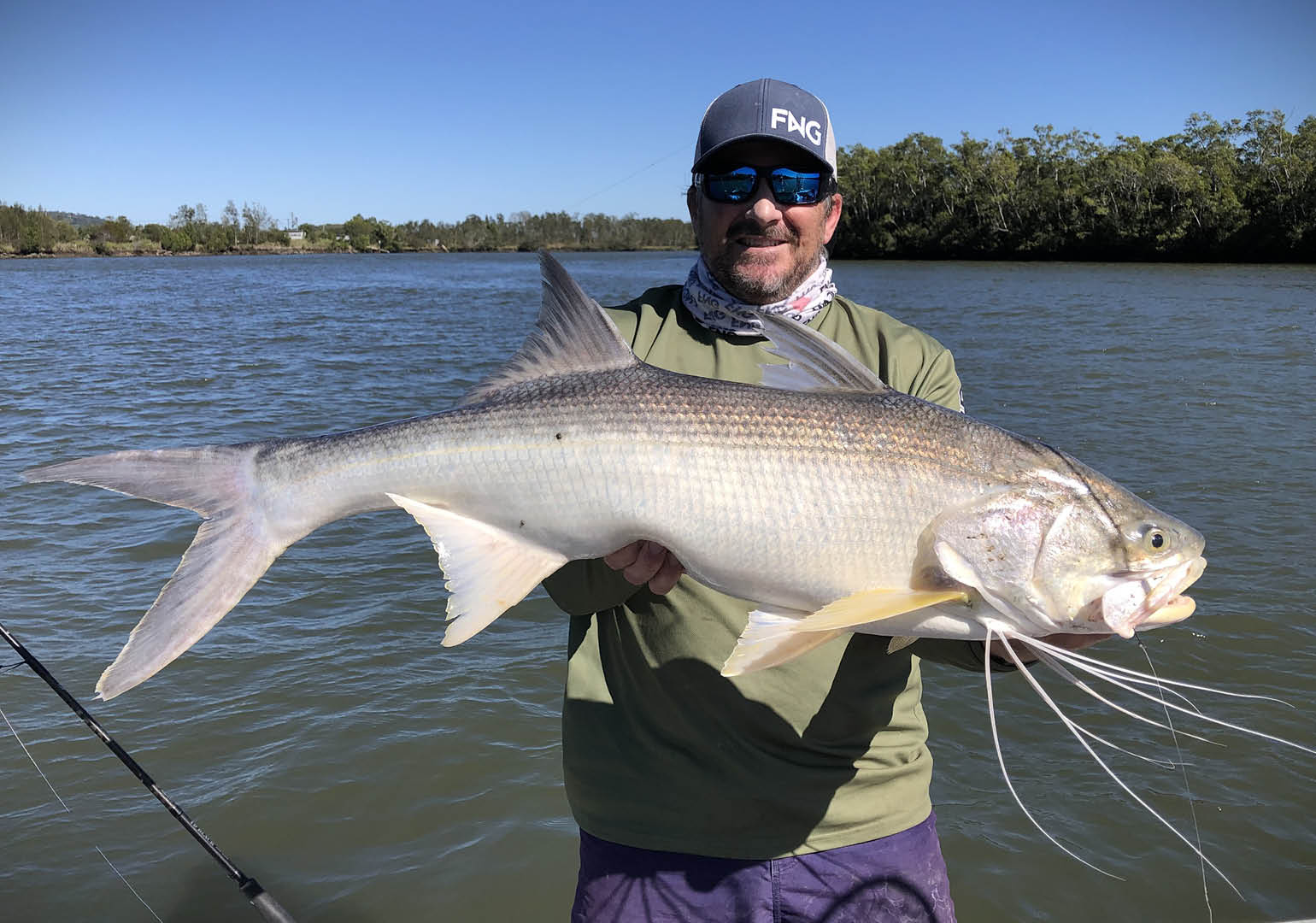
Threadfin, are known as king threadfin, are found in the tropical waters of northern Australia and southern Papua New Guinea. A popular sport fish and table fare, known for its firm, white, slightly oily flesh and large flakes. Despite the name, it's not actually a true salmon. It is easily distinguishable by the thread-like sensory filament sat the base of their pectoral fins, used to locate food in muddy water.

When targeting Threadfin Salmon there are a variety of techniques that can be used. Locating schools of feeding fish and using lures such as soft vibes and plastics can be very productive but also frustrating. However, I prefer to fish with live baits and target areas where the Threadfin Salmon feed during certain phases of the tide. Threadfin Salmon feed most actively on slack water, so the tide changes are the best bite periods.
The best locations are along bank edges as the tide falls and deep holes where the fish feed along the edges. On high tide fish will also feed in the shallows and this can be very exciting casting to fish visibly feeding in very shallow water.
Rigging up with a running sinker rig that is suited to the tide is best. I prefer to use 20lb Hyperglide 13x braid and 20lb Black Magic Fluorocarbon trace. The fluorocarbon leader helps to reduce the chafe on the leader so you can use lighter leader which may induce bites when the fish aren’t feeding. An 8kg rolling swivel connects the leader and trace. Hook choice is dependent on the bait and size, when using live Mullet and larger live Herring I prefer a 5/0 C-Point Hook however, with smaller Herring baits and live Prawns I prefer a 3/0 KS Hook.
While chasing Threadfin Salmon you can often encounter many other species including Jewfish, Flathead, Bream, Grunter, Trevally, Tailor, and Snapper. All are welcome additions and can often save the day when the Threadfin Salmon are not playing the game.
Whilst chasing Threadfin Salmon there have been highlights including catching my first fish over a meter long – which was a standout as well as an epic session alongside my son and his best mate having a double hookup on PB fish at 116 & 118cm long respectively.
The fight was a chaotic struggle and the smiles on the boys’ smiles when these fish were landed were from ear to ear.
For anyone especially young anglers wanting to learn about chasing Threadfin Salmon or any other species the best way to do it is through research. In today’s times social media and YouTube are the easiest and best ways to do it. Don’t just watch, be observant and you will pick up many tips that will help you to successfully catch your target species.
Leigh Holtsbaum is a Black Magic Tackle ambassador, and an experienced saltwater angler based in Queensland, Australia, and has been putting their gear to the test for years. He also shares his expertise on various fishing techniques and species.


